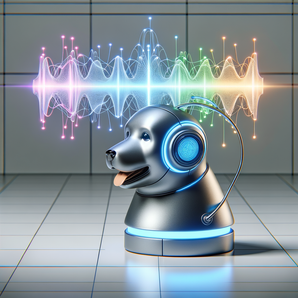Autonomous Assembly and Disassembly of Molecular Robots Directed by DNA Controller
Autonomous Assembly and Disassembly of Molecular Robots Directed by DNA Controller
In a major breakthrough, scientists from Tohoku University and Kyoto University have created a DNA-based molecular controller that independently manages the assembly and disassembly of molecular robots. This innovative technology is a significant stride in the progression of advanced autonomous molecular systems with potential applications in the fields of medicine and nanotechnology.
Shin-ichiro M. Nomura, an Associate Professor at Tohoku University's Graduate School of Engineering and co-author of the study, explains, "Our newly developed molecular controller, composed of artificially designed DNA molecules and enzymes, coexists with molecular robots and controls them by outputting specific DNA molecules. This enables the molecular robots to self-assemble and disassemble autonomously, without external intervention."
Importantly, the ability to operate independently allows the molecular robots to work in environments where external signals can't reach. This is crucial as molecular robots, which are expected to assist in treating and diagnosing diseases by working both inside and outside the body, garner increasing interest.
Prior research by Akira Kakugo—a professor at Kyoto University's Graduate School of Science—and his colleagues resulted in the creation of individual swarm-type molecular robots. However, the new molecular controller now enables these robots to self-assemble and disassemble according to a set program, without any external intervention.
The DNA-based molecular controller initiates the process by emitting a specific DNA signal that acts as an "assemble" command. Microtubules within the same solution, modified with DNA and propelled by molecular motors known as kinesins, receive this signal, align their movement direction, and autonomously compile into a bundled structure. When the controller outputs a "disassemble" signal, it causes the microtubule bundles to disassemble automatically, a dynamic change made possible by the precise control of the molecular circuit.
Simply put, the molecular circuit operates like a sophisticated signal processor that coexists with the molecular robots, negating the need for any external manipulation. This promising technology has the potential to contribute towards the development of advanced, integrated molecular systems.
By integrating different molecular groups including the DNA circuit system and the motor protein operating system, molecular robots can carry out activities that are impossible when operating individually. Building on this, Nomura adds, "By developing the molecular controller and combining it with increasingly sophisticated and precise DNA circuits, molecular information amplification devices, and biomolecular design technologies, we expect swarm molecular robots to process a more diverse range of biomolecular information automatically. This may lead to innovations in nanotechnology and the medical field, such as nanomachines for in-situ molecular recognition, diagnosis, and intelligent drug delivery systems."
Disclaimer: The above article was written with the assistance of AI. The original sources can be found on ScienceDaily.



